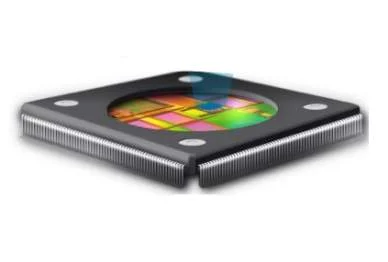ARM currently dominates the lucrative mobile space (smartphones and tablets) with its low-power sipping RISC-based architecture.
The company is also gearing up for a war of attrition with Intel as it prepares to break through Santa Clara’s front lines in an attempt to seize significant PC, laptop and server market share.

Despite claims to the contrary, Intel remains fairly concerned about ARM and the challenge it poses to x86 architecture.
However, one industry analyst believes the threat to Intel processors from ARM chips is actually “significantly less significant than [originally] perceived.”
“[In the] longer-term, the company [has] growth opportunities in emerging markets,” wrote Credit Suisse analyst John Pitzer in an investors note obtained by Forbes.
“[It also has] upgrade opportunities around Ultrabooks and Windows 8, setting up for a more robust than expected consumer PC market in [the 2012 second half].”
Nevertheless, it remains unclear what the impact of Windows 8, which is ARM-friendly, will have on the traditional x86 PC market.
Companies like Nvidia have high hopes that ARM-powered notebooks will become a popular item due to lower price points and longer battery life.
Meanwhile, Intel continues to emphasize that ARM-powered Windows 8 devices will lack legacy support and won’t (initially) be capable of running high-end software like Adobe Photoshop.






